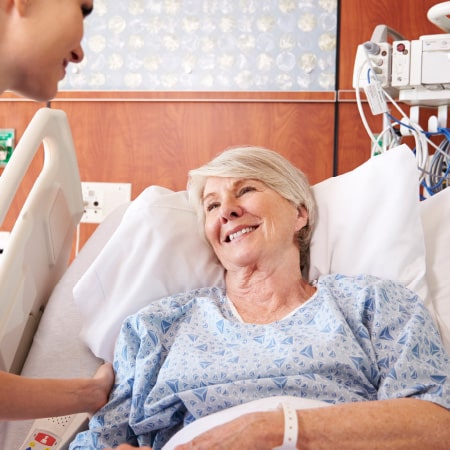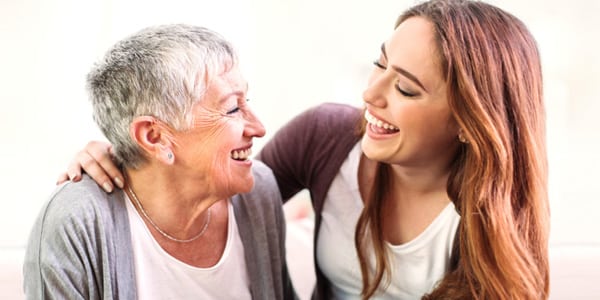Adult
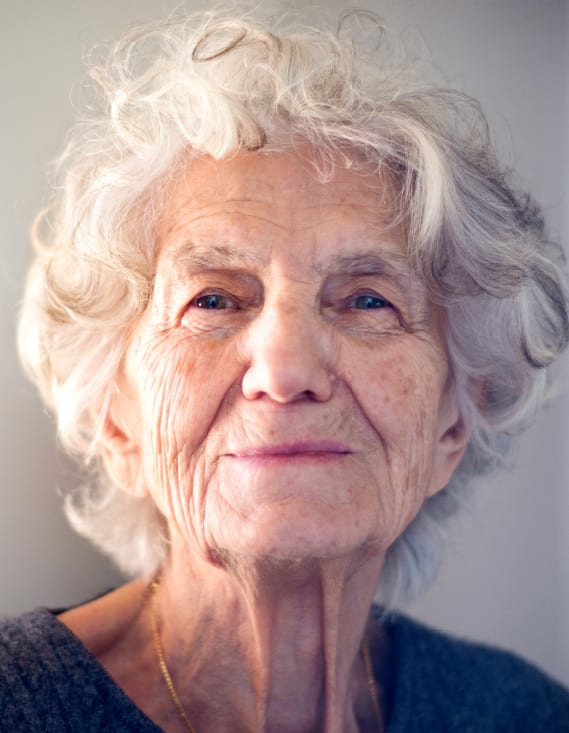
About Adult Scoliosis
Scoliosis is often thought of as a condition that only affects teenagers. In fact, scoliosis can develop at any time. There are two main types of adult scoliosis. Pre-existing (usually adolescent scoliosis), which becomes known as Adolescent Scoliosis in Adult (ASA); and the development of a new scoliosis, usually as a result of spinal degeneration. This is known as Degenerative De-Novo Scoliosis (DDS).
Adults with ASA may or may not have previously been diagnosed with adolescent scoliosis. ASA may be progressive or stable, depending on the individual case.
In those with a previous diagnosis of AIS, monitoring progression is as easy as comparison of current X-rays to adolescent X-rays. In those where the scoliosis is discovered in adulthood, determining if the scoliosis is a pre-existing adolescent condition or a new onset of degenerative scoliosis can be difficult.
Degenerative De-Novo Scoliosis usually develops in middle aged and older adults and is typically seen starting around 45 years of age onwards. Because DDS is a result of degenerative instability, it is almost always progressive. However the main complaint usually associated with DDS is lower back pain.
Fortunately, treatments such as custom bracing and scoliosis specific exercise rehabiliation offer options for patients with adult scoliosis.
Common Signs of Adult Scoliosis
Early detection of adult scoliosis is important, and any changes or visual indications should be assessed by a scoliosis clinician.
Common indicators for adults can include:
- Pain (related to the curve itself or the compression of the spinal nerves)
- Postural changes/collapse including a forward lean or hunch
- Significant loss of standing or sitting height
- Impact on movement and quality of life
These symptoms can co-exist with other clinical factors such as history of surgery, family history of scoliosis, menopause or a diagnosis of osteopenia/osteoporosis, all of which can have a compounding effect on scoliosis progression.
If you’ve noticed a change, and have questions about the chance of progression or suitable treatment options, contact our friendly team.
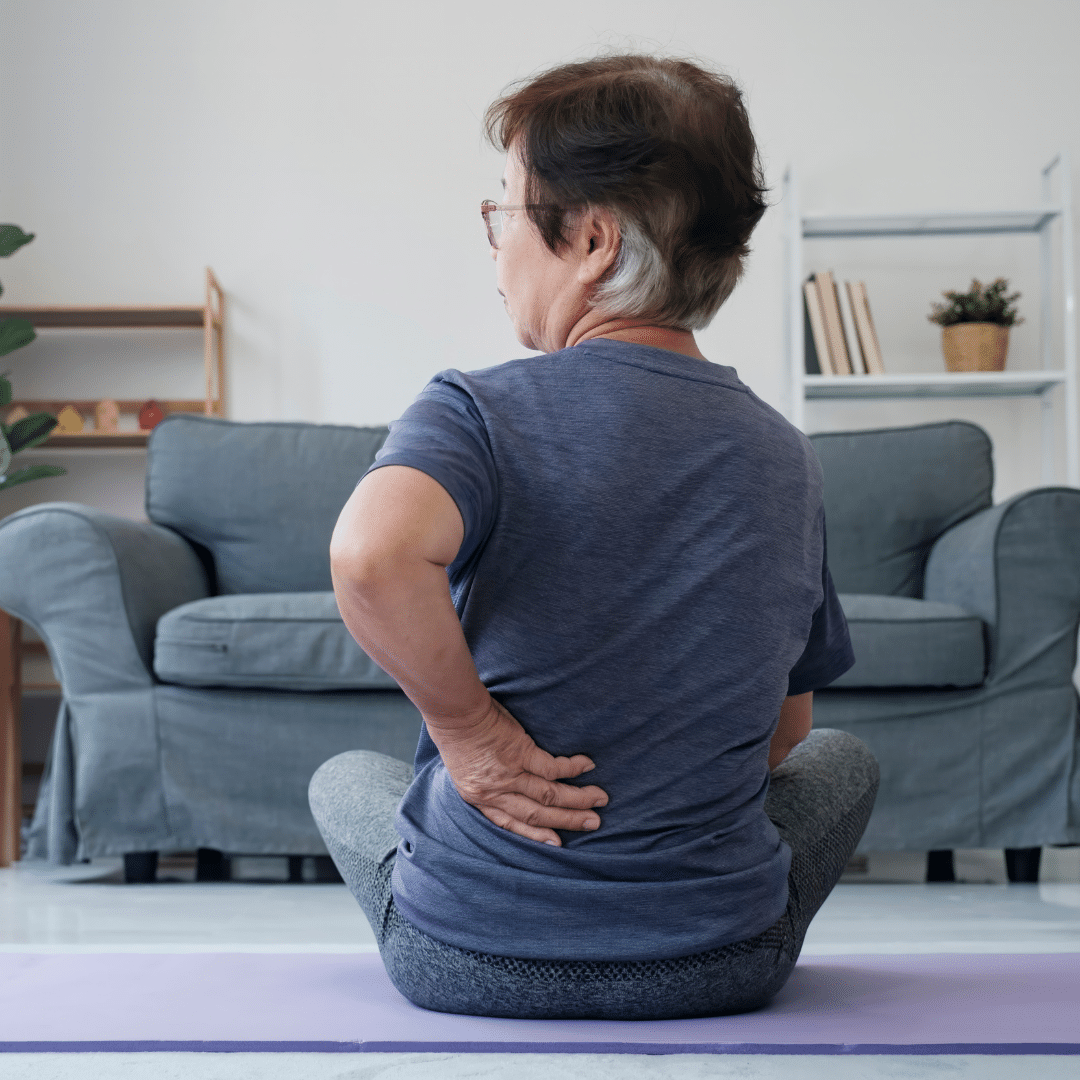
Pain and Adult Scoliosis
Although some forms of adult scoliosis can be progressive, the main complaint is usually lower back pain. Often this pain is severe and little relief has been found from usual medical and complementary care. A common misunderstanding still perpetuated by most health professionals is that scoliosis does not cause pain. This is not true. This notion has come about because the majority of children suffering from adolescent idiopathic scoliosis do not present with a primary complaint of pain and quite often even large deformities in children do not cause pain.
This misconception has led to a diagnostic and treatment approach that largely ignores the role of scoliosis in chronic lower pain in adults and, as a result, less than satisfactory outcomes for many of these patients.
In adults over the age of 60 years, it is estimated that up 35.5% will have an adult scoliosis, with estimates as high as 68% reported in patients aged 60-90 years*.
The pain seen in adult scoliosis is not related to the size of the curve. Several good studies show there is little to no relationship between the size of the curve and pain. i.e a 20 degree and a 55 degree curve have the same chance of causing pain in an adult.
*Schwab F, Dubey A, Gamez L, Benchikh El Fegoun A, Hwang K, Pagala M and Farcy J-P . Adult scoliosis: prevalence, SF-36, and nutritional parameters in an elderly volunteerpopulation. Spine (Phila Pa 1976). 2005 May 1;30(9):1082-5. doi: 10.1097/01.brs.0000160842.43482.cd
There are Two Key Factors Related to Pain in Adults:
- Location of the curve. Almost all complaints of pain in adult scoliosis are of lower back pain. The majority of new DDS curve are lower back curves. It is rare for a single curve in the upper spine to cause lower back pain. However in some cases patients with ASA who have an “S” shaped curve, the bottom half of the curve in the lower back may cause pain as an adult.
- Balance of the spine. What is meant by “balance” is the forward/backwards, left right/shift of the spine that does not necessarily related to the size of the curve. Most importantly adults with scoliosis who have a forward shifted posture, or those that are bent forward, will develop more pain than those in a neutral or backwards shifted posture.
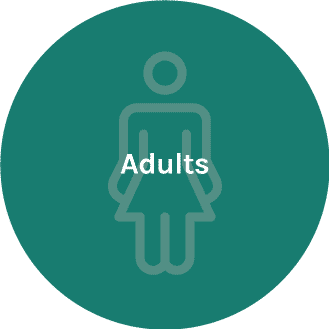
Treatments for Adult Scoliosis
Specialised conservative scoliosis treatments and specialised surgical treatments have been developed to treat adult scoliosis. Unfortunately as adult spines have finished growing, the potential to make correction is limited to the inherent flexibility of the scoliosis and is usually very limited. However in many cases, the scoliosis need not be corrected to reduce pain. As the majority of adult scoliosis patients suffering pain do so because of the altered spinal balance and not because of the size of the curve, both conservative and surgical treatments that specialise in treating adult scoliosis can be beneficial.
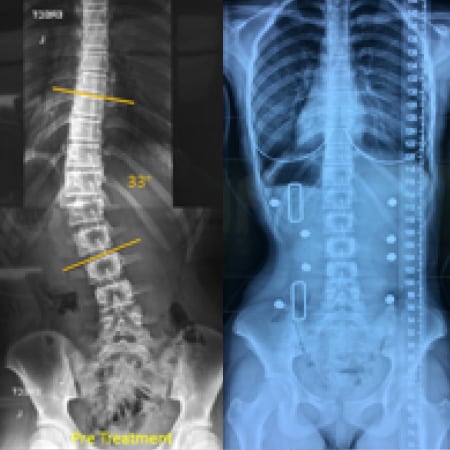
ScoliBalance is a specialised scoliosis specific exercise program that is tailored to each individual patient according to their curve type, symptoms and treatment goals.
By focusing on improvements in spinal balance, ScoliBalance can help to reduce pain. If the curve is flexible, it may also be possible to achieve improvement to body appearance. ScoliBalance may also improve standing balance and reduce fall risk in older adults. While ScoliBalance is very helpful in pain management, it may also aid in slowing the progression of a degenerative curve. However where degenerative progression is present, an adult custom 3D brace should be recommended.
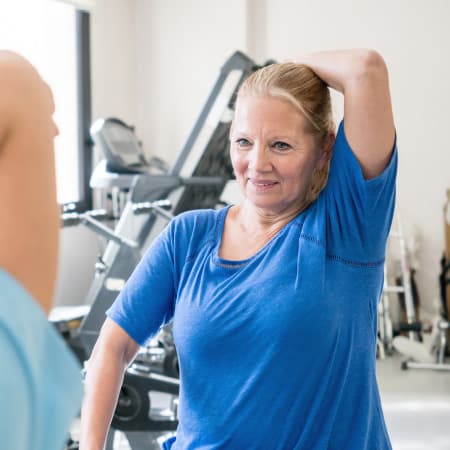
Wearing a custom 3D scoliosis brace, designed specifically for an adult patient, can aim to help support the spine, realign posture, reduce pain and improve quality of life for adults with scoliosis. In some cases, adults may only need to wear the brace part time each day.
In elderly adults with degenerative scoliosis, low back and leg pain are often the main complaint regarding their scoliosis. In these cases the spine may have some instability in the form of lateral listhesis. Bracing can be very effective in stabilizing the spine and reducing pain.
In younger adults, cosmetic and postural complaints are often the main issue. In these cases a custom 3D designed corrective brace, has the best chance at improving the postural cosmetic concerns.
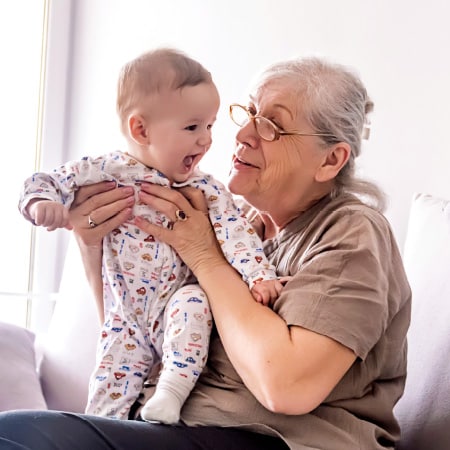
Performing surgery on adults can be challenging and carries higher risks. This is particularly true when the patient has osteoporosis, which weakens the bones and makes it harder to attach rods and bone grafts.
Although surgery may not always provide pain relief, it may be the only viable option when conventional and conservative treatments have been unsuccessful.
